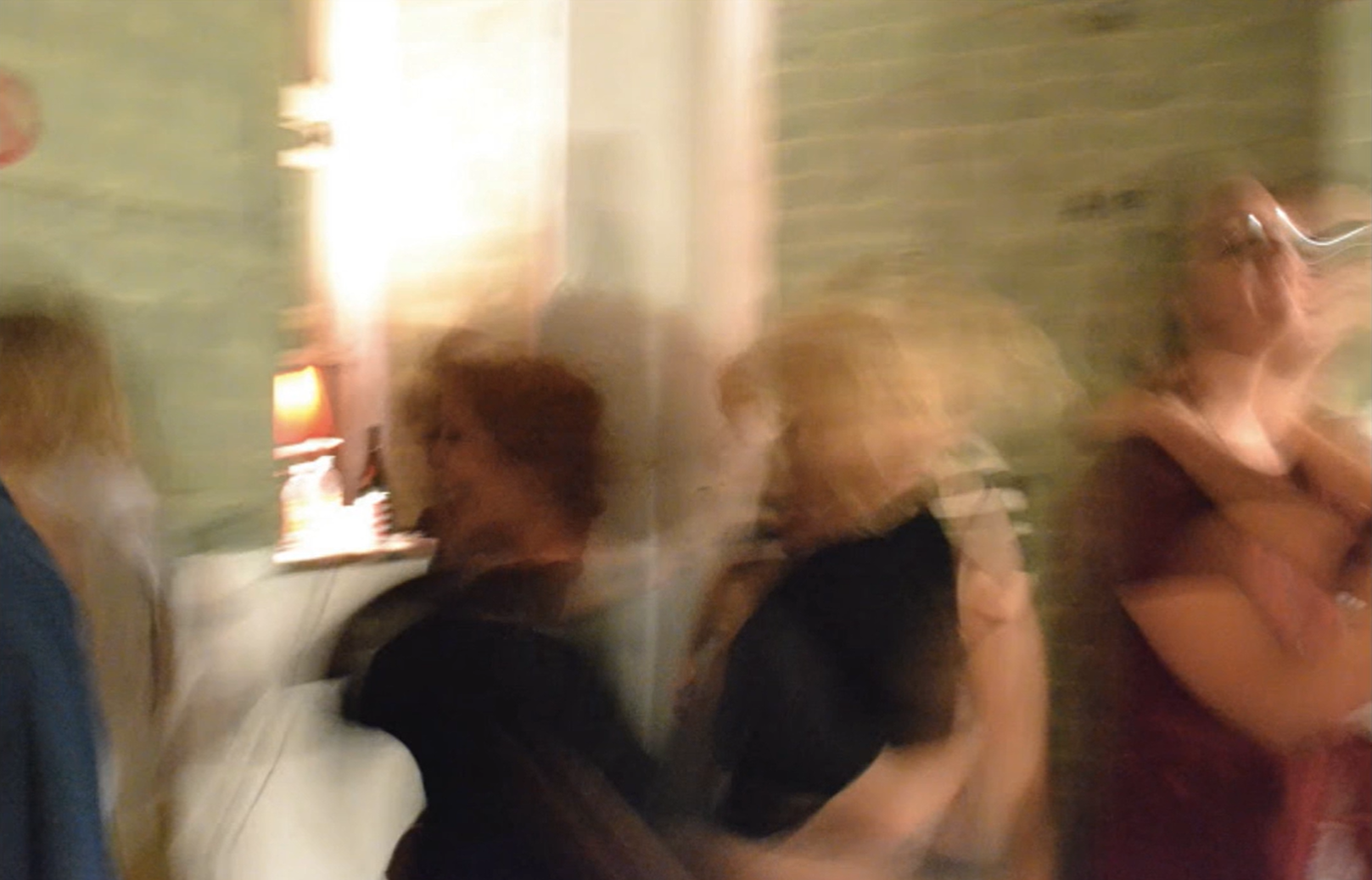
Some of the breathing people
In this commissioned essay, Anna Marie Shogren pulls from interdisciplinary experience as a dance artist, a hospice CNA, and writer to call on and call into question the capacity of a written score to support or invite care.
There is some notion, some importance placed within a healing realm, on writing without organizing or editing.
That’s not what I’m doing here because of capitalism, even/especially arts capitalism. But a commission appeared in my email box asking me to write about care, with a suggestion to make it a score to follow. For many years, my artwork and my work work (and what's the difference, which is which) have followed my own line of questions surrounding care and its social applications, and this gig came to me because of connections made on that path. And, so, I privately/personally need income (and why would that ever need to be explained? Employers, please never ever assume individuals have other supportive resources), so I’ll say yes to the task of mapping care, which is bananas.
Every synonym of care sounds problematic or loaded. Though, yes, I have been thinking about care fairly obsessively: what constitutes care, what masquerades as care, who participates? Care is deep to every single part of my thinly spread life, but—hell no—I am no expert. My understanding of what care entails changes perpetually, just like life. My healthcare job allows me to meet people at the very end of their lives. I have curiosity that this work will reveal some distilled and unified essential element of care, but it doesn’t, or maybe it does: I don’t know. Experts are myths; something is always missed and misunderstood. I know I can be limited and often paralyzed by thought, thoughtfulness, the absence of thought. Our brains scramble to play the role of experts, then turn around to tell us that playing is unproductive and childish. It could be that the confusion is what’s clarifying.
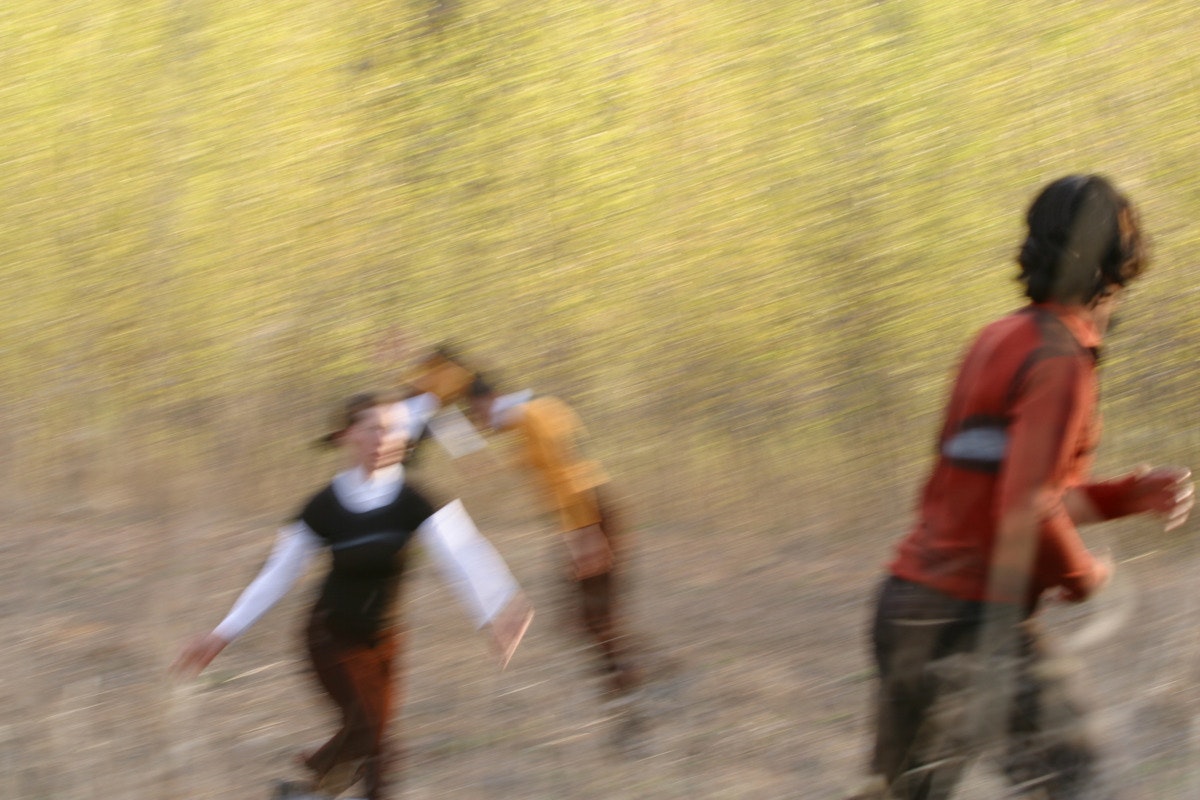
I get that writing in an unedited way may be an attempt to tiptoe the work of the brain a little closer to the more intuitive animal senses of the body, however unpolished, unfortunate, repetitive, or revealing. What’s glorious, and fucking intense, about art, is how weird artists are showing, and thus accepting, whatever it is that is going on for them and then doing something with it, however useful that may be.
This is a piece of writing that wishes to be a score, meaning a raw experience of art that can be physically tried. As a dance artist, I love a score. It feels like a way of shaping a performance that graciously gives power to those who participate with presence. A dancer could go rogue at any moment in any performance, much to the frustration of a grand tradition of controlling choreographers, but a score says that the lead artist(s) and performers have invested time in ideas, in rolling over and around with some physical expression, in meeting, sometimes replaying, and passing through heightened moments. And there is trust and willingness, and each individual holds discretion not to push through their own boundaries. The content of the dance, which is always still in process, is simply taken further through time and space. The unperfected torch is then passed to the audience, and so on. It gets passed regardless of this mindful engagement.
The day shift nurses report to the night staff.
The parent waves through car windows at the kid in front of the co-parent’s house.

Yet, there are, of course, some arenas, or some times, for which the defensive sense arrives first. There is dismissal because the dance was not yet enough, or the concept not fully researched. Seeing others not yet knowing can be a turnoff, especially when we, also, don’t yet know, but want no one to know we don’t know. Discomfort with our own callowness can make us sour and closed. But even really smart, tight, thoughtful, heartfelt art (whatever that is) is still only as far as the hypothesis stage in the process. Our senses of uncertainty, shame, safety, capability, need for autonomy, need for connection, and so on, all with their various thicknesses and porousness, are at the forefront of our experiencing, sometimes turning us down or turning us to move in the opposite direction. We choose what to let in and, damn right, we do.
We are constantly choosing how to cope with information. We, maybe, are 4 years old reading to ourselves alone in our bedroom, having not yet learned to read, or 13 years old with a whole lot of overwhelm and rightfully held angst, and inundated with Teen magazine quizzes, though no cable TV and no internet, but PBS that delivers tai chi and Sit and Be Fit on the weekends. Or 25 (or really, 30) and we go see all the art at all the art galleries in Brooklyn and Chelsea, never neglecting the free wine. Or we are a middle-aged single parent with a fried nervous system and little money and open dedication to every Instagram DIY wellness suggestion. Or 68 and hiding, or 95 and just glad to sit outside and read, but not in the sun, grateful for our good eyes. Here we are: we have, more or less, cared for ourselves most of our lives.
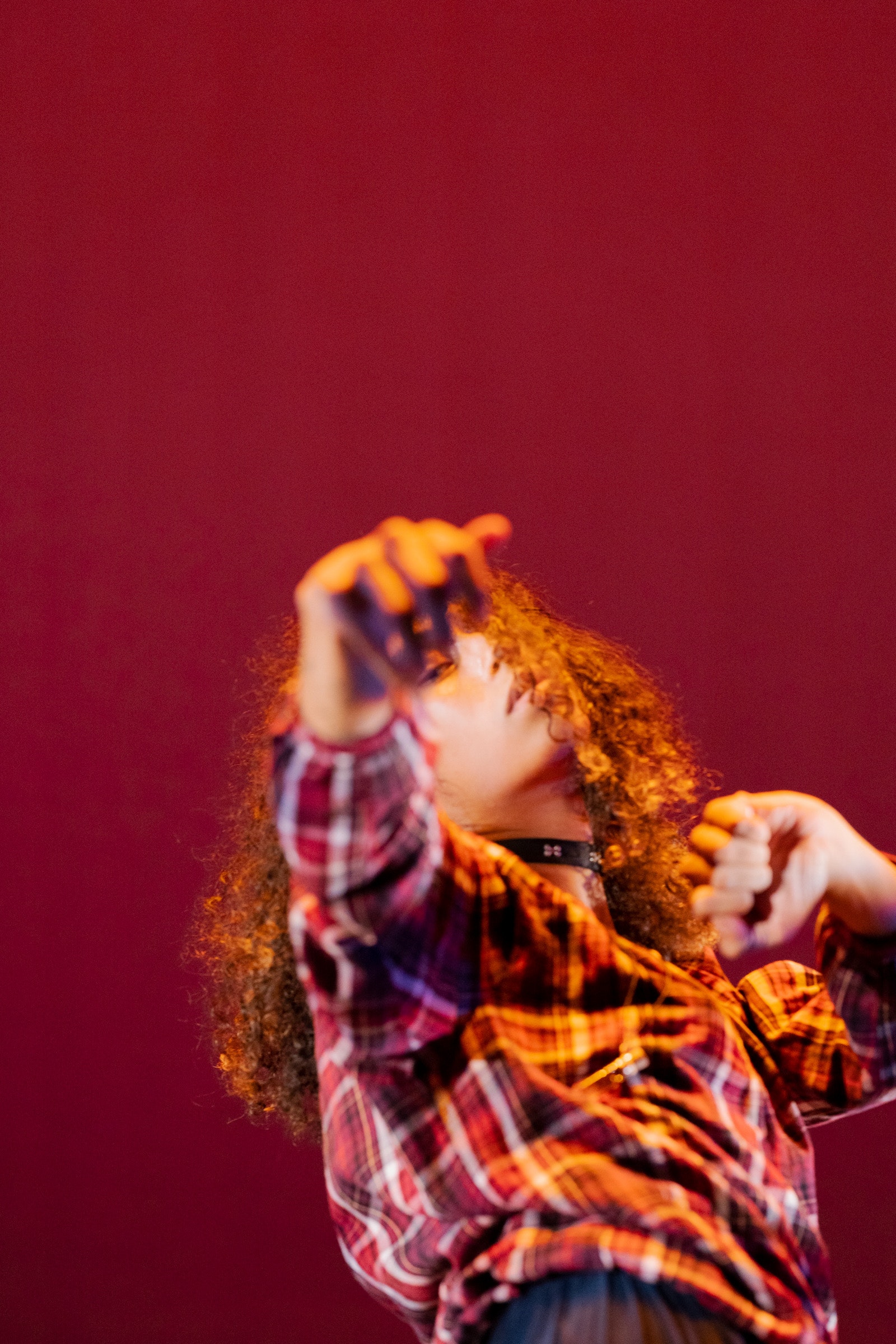
One thing that does come up repeatedly at the hospice: when someone’s pain has gotten ahead of pain management, we reassure them that they are working so hard, and the response is so often the question, “Am I?” Or someone at a point of fear expresses that they can’t do this—and yet they are, in complete fact, doing this. They are carrying themselves through an unimaginable path. So, this is a piece of writing.
And. Like all writing, it is a performance of healing in preparation for the end of life. You decide if you want to follow the score, if you are indeed still reading. Then remember that deciding, when you don’t yet know, is technically ignorant. Maybe you don’t have time. Fair. Maybe you’ve already chosen to skip trying and instead pass your hurt off onto someone else because you believe you have power over them. Or maybe you are the one resentfully dealing with that inherited hurt, grateful for any stupid idea about what to do with it. Whoever you are, this may or may not be for you. No, it is definitely not for you and don’t follow along. A score that I designed (and I didn’t anyway, there are many peoples’ voices coming through here that have glued me together, and some that have shattered me apart), a score that I nudged forward, couldn’t in any way be right for your beautiful life. You’ll do it wrong and you’ll do it better. And I’ll be second-guessing my words a hundred times over before I even submit it for editing. But doing and trying is living, and not is not.
Yeah yeah yeah, so.
Breathe quickly and fully, through your nose and mouth, alternately, with effort, inflating your whole body. Do this lying down and move like a wave, belly to chest. If your fingers and face stiffen, that’s normal, there is a name for that. Do nothing else for as long as you can. This is everything and achievement and worthiness. This is your first-ever state and will be your last ever. Recognize this as if you’ve just drawn the perfect circle.

Notice all the salty fluid that comes out of your face; there is a lot of it. If you are lying down, it may pool in your ears: do not automatically jump to the conclusion that your brain is bleeding. Dying is only an hour closer than it was an hour ago. Find a bathroom, fill the sink with cold water, add ice cubes if you are near a fridge that makes them or has an ice tray that you remembered to fill the last time people came over. Dunk your head in. Try to arrange your body ergonomically as you fold yourself into the sink. If you figure out how to rest the back of your head comfortably—occipital, atlas, and axis—where your migraines are kept, let me know. Maybe stand on the toilet seat to do this. While you are there, if you feel like you’ve got a poop coming, go, try to let it drop from standing up there. If that doesn’t work, squat down or sit or lie down horizontally across the toilet if space allows. If you get it out, pause to see it and admire the awesome thing your body just made. Wash your hands and drink some water.
Sit on the bathroom floor sometime when you are not sick, drunk, or sobbing, when you are not giving your kid or dog a bath. Appreciate that the dirt on the baseboards has lived there a lot longer than you have. Honor that dirt and definitely don’t shame yourself for slow cleaning. Lie down, on your side, halfway off the rug or a towel on the floor so your face can touch the tile. Imagine the towel says, “Good morning.” Now, imagine doing the same in your grandparents’ carpeted bathroom. Think about how many temperatures you are experiencing in one moment.
Before leaving the bathroom, apply all the lotions you can find. Give each one a designated place on your body and a purpose. Feel free to internet research this in advance if that’s good for you, or don’t. Lotion is expensive, so activate some coconut oil, mayo, olive oil, oatmeal, vinegar, honey. The dregs of the packet of vitamin A+D from your last tattoo, your late grandmother’s leftover Aquaphor, sunscreen. Then put your slippery self inside your softest sweatpants.
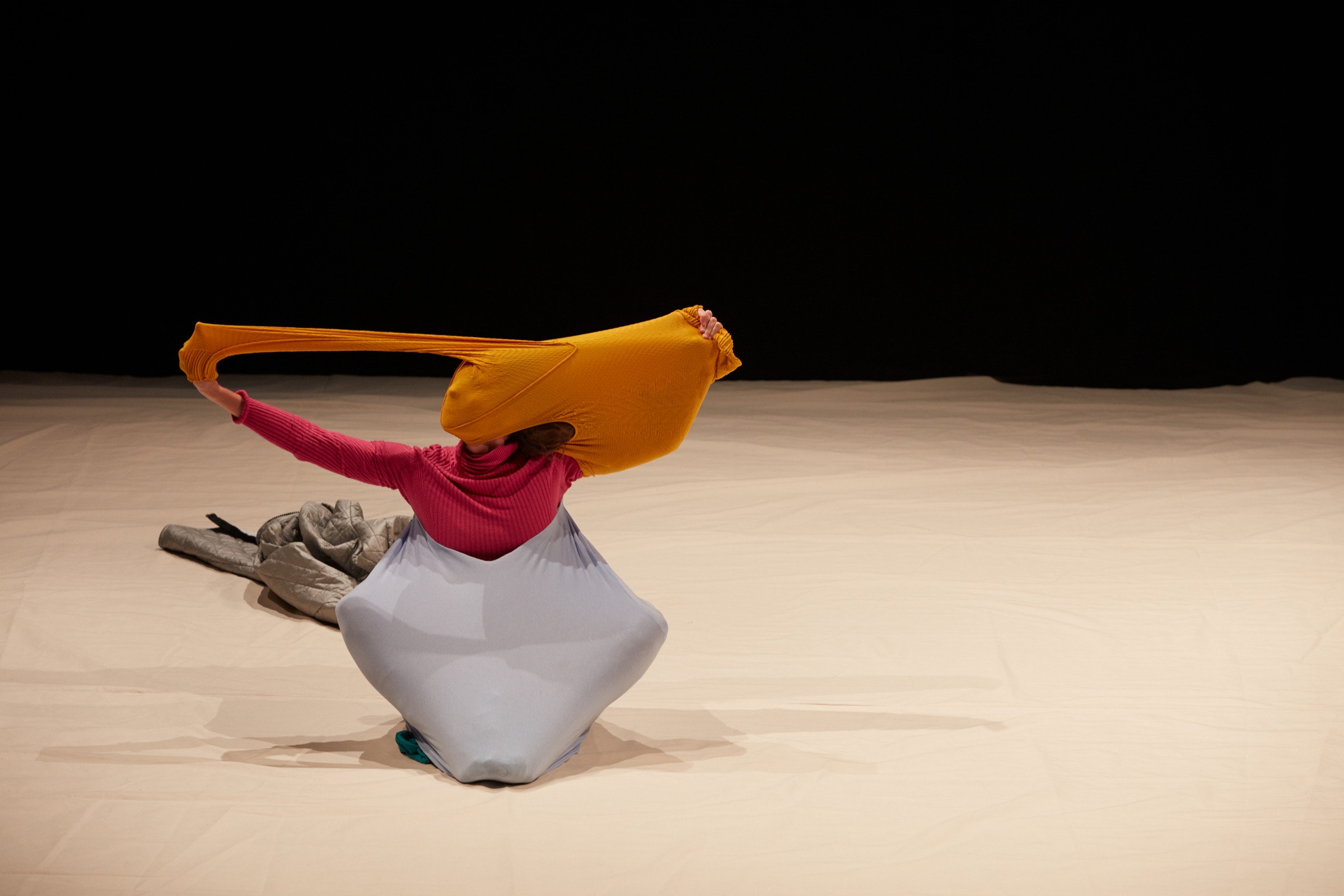
Sit in every seat in your home. Be thorough about it. Sit and listen, hold each visual frame for at least a verse of a song or the time between natural sighs. Then circle your eyes around the periphery of your vision. Now, same thing, only lying down, like when you were in the bathroom; extend your body on every available, human-sized surface. Roll from side to side, put a pillow between your knees. Or stand, but if you stand, sway continuously. Then, squeeze your body into all the spaces that it can fit, under and between furniture and structures. Experiment, and don’t assume you won’t fit. And you are not going to get stuck because of all the lotion. Expand and walk, sidestepping around the room, each room, standing as near to the wall as possible, facing the wall, seeing the space speed by. If any of this is uncomfortable, double-check that this is your home. If it’s not, make arrangements for a different one.
Imagine a gathering with no interaction. This may be hard to visualize, so start with a more familiar frame, like a somatic or meditation class, or a religious service that doesn’t gross you out, or after-school detention. But imagine way less happening. People enter, people sit, people make eye contact, people adjust in their chairs, people make minimal facial expressions. And breathing throughout. Notice who’s there.
Then, go to a grocery store with a young child or an older adult or some of the breathing people you imagined; track as much as possible of your own physical, mental, and emotional experience while shopping, as well as theirs. Plus, maybe they are escaping to another world. You accompany them to that created world, and you try to retain all the names and qualities of the inhabitants of those worlds and how you sense they might be feeling within all those created interactions. So write it down, keep a running list to aid your memory, and don’t run the cart into anything or anyone while finding all the food on your grocery list that you’ve planned in advance to find, and all the food your planning did not anticipate, and now you are pressing several buttons on a keypad to pay without giving up time to read any of the prompts. Did you bring your own bags? Is that doing everything or doing nothing?
Who knows, so do what you think of, your first impulse after hearing the words “do nothing.” Or, do something idle. Draw perfect circles. Use the notebook and pen you carry with you everywhere in order to write without organizing or editing. And when your hand cramps, draw with your non-dominant hand. Notice what degrades and what elevates. As fatigue follows, transfer the circles to other parts of your body, your head, ankles, hips. Make them bigger or small, make it rhythmic at times. Lose your understanding of what makes a circle or redefine the circle as a continuation. Now recognize your nonfunctionally moving self.
You are dancing. Thanks for listening. Keep going.▪︎
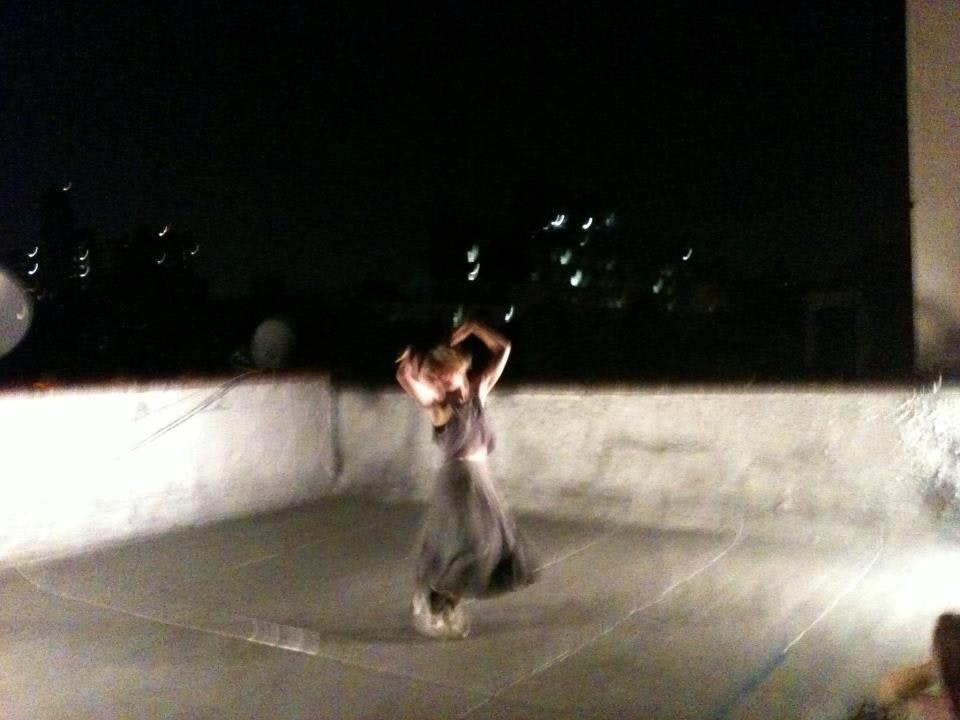
Anna Marie Shogren is a queer dance artist connected to caregiving, grief, social dance, touch. She researched this work for an exhibition at the Rochester Art Center in fall of 2022 and as an Art and Health Resident at the Weisman Art Museum, working in collaboration with the School of Nursing, 2018–2019. She makes experiential and dance-based installations for public, visual art, and private spaces. She has presented work largely in Minneapolis and New York, and performed in the work of Emily Gastineau, Goshka Macuga, Émilie Pitoiset, Body Cartography Project, Yanira Castro, Kaz K Sherman, HIJACK, Morgan Thorson, Faye Driscoll, and Laurie Van Wieren. She is invested in care work and health justice as a hospice CNA, a single mother, a survivor, and a pre-nursing student. Her practice is extended as a writer with Mn Artists, NY Arts Magazine, and artist-run publications.
)
)
)